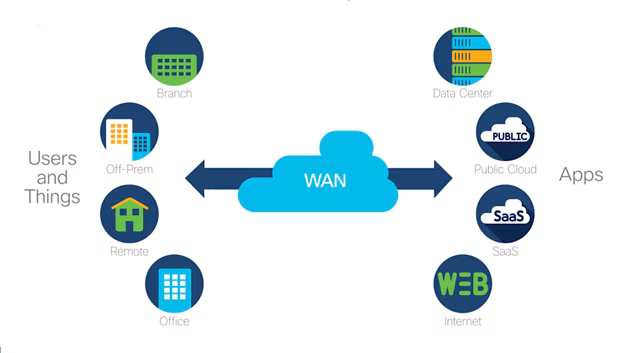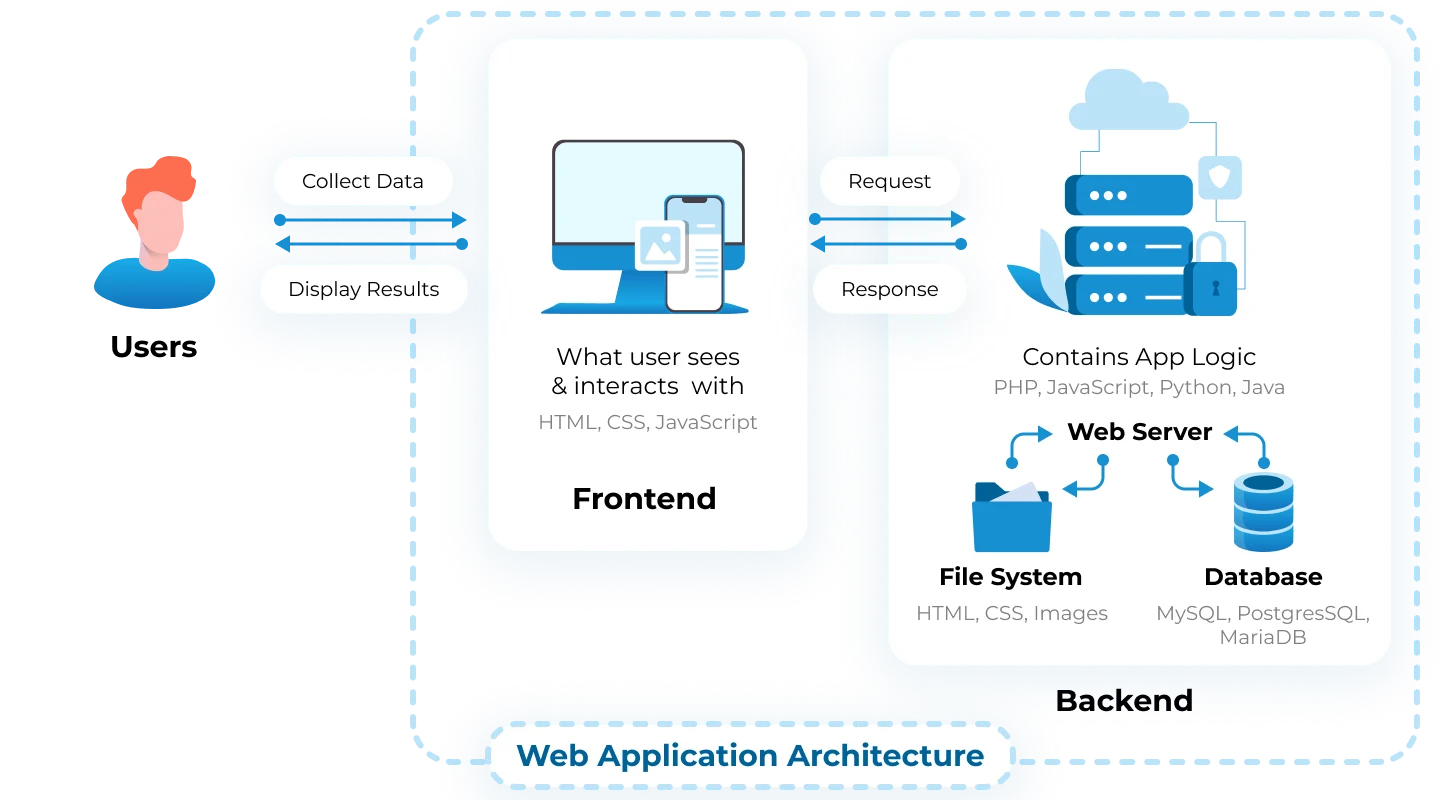Are you looking to set up your own IT network? When you are planning to build your network, there is a possibility you may come across two terms “Network Architecture and Application Architecture.”
Although it is quite clear that both things are very important, the difference between the both is not. In today’s blog, we will look at the difference between network architecture and application architecture in complete detail.
Let’s together discuss their differences in complete detail, and explore various benefits and features that both the architectures come with.
| Aspect | Network Architecture | Application Architecture |
| Define | Blueprint of a computer network | Blueprint of a software application |
| Focus | Connectivity and infrastructure of the network | Applications design and function running on a network |
| Components | Network elements like routers, switches and cables | Application components like modules, services |
| Examples | Peer-to-peer, (client/server) | E-commerce platform, customer relationship management (CRM) system |
What is Network Architecture?

Network architecture is a primary foundation of technology infrastructure that includes the design and arrangement of various networking units and protocols. It helps to facilitate data communication and exchange among different devices.
Network architecture is mainly about structure, configuration, and network operation, handling both the software and hardware elements. Let’s check out different key functions of network architecture:
Physical Structures
Network architecture includes almost all physical components of a network that including routers, switches, servers, cables, and many other hardware devices. These elements form a clear foundation where data communication and transition happen.
Topology and Configuration
This function defines the total layout of a network architecture, specifying how these devices are organized and connected internally. There are a few common network topologies that include ring, star, mesh, and bus configuration. All of them providing unique benefits in terms of performance, scalability, and reliability.
Standard and Protocols
Selection and implementation of network standards and protocols are the primary functions of network architecture governing data transmission and network operations. Some protocols like TCP/IP, Ethernet, and Wi-Fi discuss how data gets formatted, transmitted, and received on a network.
Security Maintenance
For network architecture, security measures play an important role that includes mechanisms such as access controls, firewalls, IDS or intrusion detection system and encryption. Additionally, network protocols and tools facilitate the monitoring, configuration, and optimization of various network resources.
What is Application Architecture?

Application architecture, on the other hand, depends totally on the structure and design of various software applications. In detail, it tells more about how it is organized, developed, and interrelates with other users and software components. Some important functions of application architecture include:
Layered Architecture
Application architecture often uses a layered pattern where different tiers and layers segregate the application’s responsibilities and concerns. Some of the most common layers are user interface, data access, and business logic. All of them handle different aspects of the application functionality.
Components Design
Application architecture applies a modular approach, thus breaking down complex systems into manageable modules. Such components encapsulate certain functionalities and are tested and applied independently, thus promoting maintainability and reusability.
Program Integration
Application architecture facilitates easy integration with external systems or services with the help of Application Programming Interface or APIs and standardized protocols. Such interoperability allows various applications to exchange useful data and collaborate with different software entities, applying extensibility and scalability.
Scalability and Optimization
In application architecture, scalability is an optimal consideration, enabling software to accommodate different and user demands. Certain techniques like caching, load balancing, and horizontal scaling are used to optimize better performance and also ensure responsiveness during very high traffic conditions.
Difference between Network Architecture and Application Architecture
Though both the network architecture and application architecture play an important role in IT infrastructure, they help in distinct purposes and handle various aspects of technology implementation:
Scope and Focus
Network architecture mainly focuses on logical and physical patterns of networking units and infrastructure, emphasizing communication, connectivity, and data transmission.
On the other hand, application architecture revolves around the design and structure of the software applications, which includes modules, integration, and layers design that govern application functionality and behavior.
Elements and Components
Network architecture mainly includes physical hardware units, topology, protocols, and safety measures that facilitate data exchange and communication.
As mentioned earlier, application architecture mainly involves software components, layers, integration, and framework patterns, which clearly define the structure, interaction, and behavior of software applications with various other users and systems.
Functionality and Goals
Network architecture involves reliable and efficient communication between both systems and devices, thus ensuring scalability, connectivity, and security over the network.
Alternatively, application architecture governs the deployment, development, and interaction of the software applications, highlighting reusability, interoperability, modularity, and performance optimization.
Final Takeaways
A secure network pattern will allow both goals. It is just that the architect will have direct input in the design of the new network, and the security architect will work with the engineers directly and many other network architects just to ensure these properties fit into the network design. In a situation where there is a network already available, they may work with some other stakeholders that will help them construct a portfolio of improvements and countermeasures that can help in increasing scalability and resiliency.
